
We only get one life and we want to take full advantage of every opportunity. We do this by achieving incremental financial freedom along the way.
This defines our journey to financial independence.
We are both:
Our approach to financial independence is summarized in one term that we have coined – Slow FI.
When someone utilizes the incremental financial freedom they gain along the journey to financial independence to live happier and healthier lives, do better work, and build strong relationships.
We believe everyone should know about this idea.
To help spread awareness, we are sharing both our story on this site and interviewing others who living remarkable lives and achieving incremental financial freedom along their journeys.
We hope by reading the following stories of real people making intentional choices to improve their lives, you will be inspired to take action to improve your life.
Financial Independence is NOT about achieving early retirement as quickly as possible. Despite popularized stories, we believe in an alternative narrative. Our journey focuses on discovering our values, envisioning our ideal lives, and aligning our daily lives with that vision along the way.
Read more about our decision to slow down.


After living what people told her was the American dream, Wendy and her husband decided to leave their high-paying 9-to-5 jobs and search for adventure. Wendy and her husband lived a nomadic lifestyle for about a year before deciding to stay put in Vietnam.
Learn how Wendy took advantage of full-time travel

Josh used to be focused on reaching financial independence as quickly as possible. He could have continued on this path, but he decided to make a shift in his life.
Learn why Josh decided to quit his side hustle and how it helped him in the long run.

Michelle is a semi-retired woman in her mid-30s from Australia. She’s an avid traveler and has visited 40 countries in the past 12 years. It was her love for travel that pushed her to consider semi-retirement.
Learn why you might want to consider semi-retirement.

Mr. and Mrs. GovWorker live in the midwest. They both work government jobs and have three kids, ages 3-to-11. Their decision to pursue FI came when they realized that they were already more than halfway to FI and would love the extra time to enjoy life together.
Learn why Mrs. GovWorker decided to work part-time.

Angela began trading money for more time after the birth of her child. She chose to work part-time after growing their family and does not regret it. Surprisingly, this decision has shortened their timeline to achieve financial independence.
Read more about Angela’s decision to trade money for time.
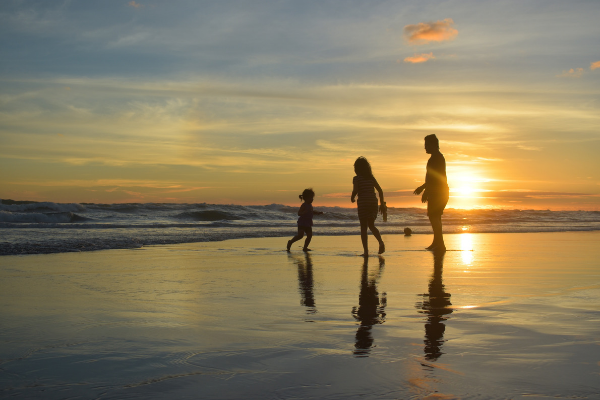
Chris made an unusual decision to accept a lower-paying job, so that he’d be able to do work he would enjoy more. Within a few years, Chris took a giant leap forward in his career, making more than when he left his original position.
Learn how to taking a job that he enjoyed helped Chris with his career.

Gwen experimented with side hustles and self-employment before returning to full-time work. She recently made a decision to cut back on her side hustles and focus her time and energy into a few areas. She also is finding a better balance for herself on saving and spending.
Read more about Gwen’s decision to slow down.

Lance did not enjoy his day job. Over the course of several years, he made several minor changes to his life to get him closer to self employment. The incremental freedom he received along the way empowered him to make the next step, and then the next.
Learn how to take incremental steps to self-employment.

M from Radical FIRE negotiated a unique work-life balance with her employer. She figured out how to take a mini-retirement, going on an unpaid leave of absence to travel.
Learn why and how to take a mini-retirement.

Michelle from Savvy History shares her story about how she quit a few of her side hustles when her son was born. But she didn’t give up side hustling altogether.
Find out how you can fit side hustles into your busy life.
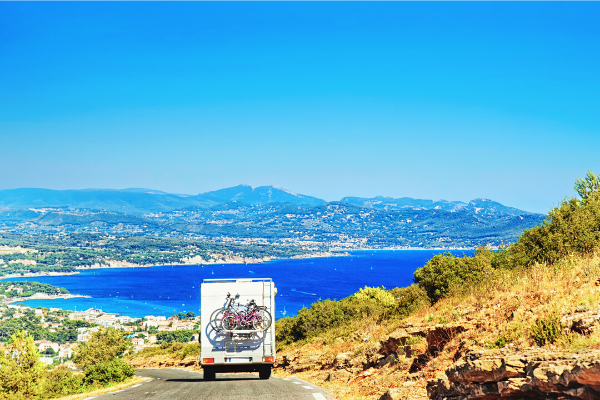
Kevin Udy shares his decision to pursue a digital nomad lifestyle. Kevin details what caused him to pursue a change, describes what his daily routine looks like, and talks about how this change allows him a more fulfilling life.
Read more about Kevin’s digital nomad lifestyle.

Carol shares about her journey to Financial Independence, while working part-time and raising children.
Read more about Carol’s part-time journey to FI.

Kim and her husband share their Slow FI journey and how they have leveraged freelance work to achieve their lifestyle goals.
Read more about Kim’s journey to financial independence.

Lauren and Steven describe how they designed their ideal lifestyle before reaching Financial Independence.
Read more about their flexible work schedule and how they achieved long-term travel.

Zach shares his story of creating and building an online business. His story isn’t just one of quitting his job, but also one of personal transformation and fully adopting the Slow FI approach.
Read more about Zach’s journey to become an entrepreneur.

This is a new kind of Slow FI interview. Robert already reached FI and was willing to share what he would have done differently along the journey.
Read more about Robert’s recommendation to take a Coast FI path.

After feeling stuck, Kat decided to create more freedom for herself. She has now reached Barista FIRE, or what she calls her “working sabbatical.”
Read more about how Kat created freedom for herself before reaching FI.

About 4 years ago when his daughter was born, Bradley decided to take a 50% pay cut to work part-time. At the time, he wanted to spend more time with his daughter. Surprisingly, it also provided him with the brain space and creativity to increase his income as well.
Learn how Bradley accelerated his timeline to FI by working part-time.

In this Slow FI interview, Chris discusses his path to FI, what he’d have done differently, and advice for people along the path to FI. After reaching FI and “retiring early” two years ago, Chris has found himself living a semi-retired lifestyle with a lot of flexibility while still generating some active income.
Learn about Chris’ semi-retired lifestyle.

In this Slow FI interview, David shares how he built the confidence to change careers. This career change allowed him to do work he enjoys, recover from burnout, and build a life he loves, all while working full-time.
Learn about David’s career shift.

Rebecca and Joe decided to quit their jobs 2 years before reaching their full FIRE target because they realized the power that a small amount of active income could have on their plans.
Learn about their Semi-Retirement Plans.

According to the numbers, Chris achieved FI (25x his annual expenses) in 2015. However, financial independence wasn’t yet part of his vocabulary. As you’ll see in this Slow FI interview, Chris refers to a moment when he “claimed his financial independence.” This was when he realized that he could start making decisions differently.
Learn about what Chris would have done differently on his path to FI.

For people pursuing financial freedom, reaching full FI can be such a temptation. This is why I’m always interested in hearing the stories of people who are choosing to downshift along the way to FI.
Learn about how Court decided to work part-time when her family was less than one year from reaching full FI.
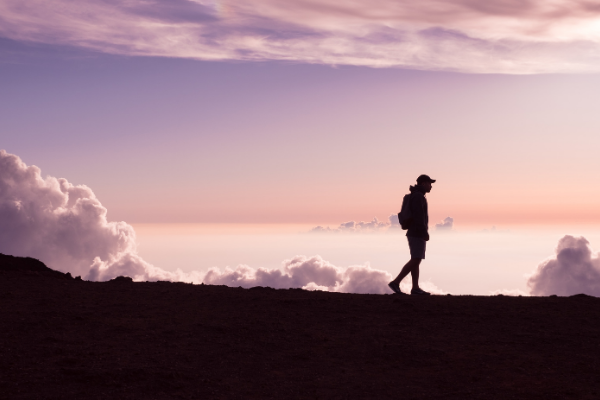
Michelle retired early in 2018 after taking a slower path to financial independence. After experiencing burnout, Michelle worked part-time, her husband built his own consultant business, and they started to pay for property managers to manage their real estate business.
Learn how Michelle found balance on her path to FI and realized that she could have transitioned even earlier.

18 months ago, Michelle participated in her first Slow FI interview focused on her semi-retired lifestyle. In this interview she shares more about her transition to becoming a location-independent, virtual assistant.
Learn how Michelle made the transition to remote, location-independent self-employment.

When tragedy struck Laura’s family in 2017, she decided that she’d never take another 3-day bereavement leave ever again. A few months later, she quit her job and started freelancing. This lifestyle has provided her the flexibility to fit work into her life and focus on what matters most.
Learn how Laura quit her job and became a successful freelancer.
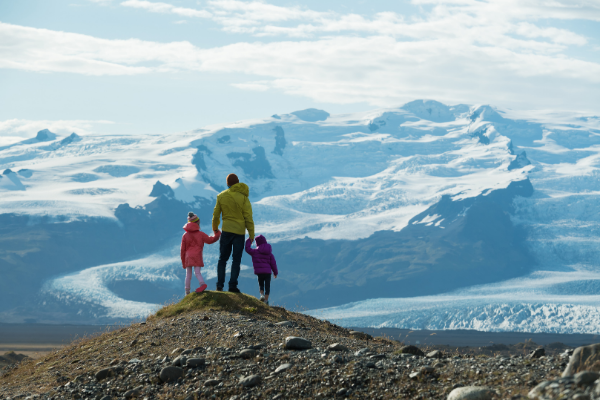
In this Slow FI interview, Mel, from Modest Millionaires, shares how she is taking a 1-year sabbatical to test out her Coast FI plan. She will work part-time on her business while having plenty of time to spend with her family. If things go as planned, she may never need to return to the traditional workforce.
Learn why Mel decided to take a sabbatical, how it works, and what her plans are.

In 2017, Diania took a 2-month break from work to walk that Camino de Santiago (a 500-mile trek in Spain). This entire experience transformed her life – from saving to make the trip, negotiating the time off, the trip itself, and its aftermath. Taking a break from work was the catalyst Diania needed to completely change her life.
Learn how Diania took time off of work and how it shifted her perspective over time.

In this Slow FI interview, Michelle shares how she quit her job and built multiple different streams of income. She is an excellent example of leading with your life. You can decide what you want, and then, you can fit your finances around that.
Learn how Michelle quit her job while she was still in debt, built multiple streams of income, and is on track to achieve FI while living her best life.

As a single mom, Angela used geoarbitrage to move to Croatia with her son. This decision dramatically improved her quality of life and has allowed her to experiment with building her own business.
Learn how Angela quit her job, reduced her expenses, and is loving her new life.

Besides pursuing financial independence while living abroad doing international humanitarian assistance work, Joe and Ayie are also planning to world school their two boys when they are old enough to remember the experience.
Learn more about their current lifestyle and future plans.

This interview with Carly is especially timely given that likelihood of returning to offices at some point in the near future. Carly recently negotiated an almost fully remote work arrangement. She’ll work from home for five out of every six weeks.
Learn more about how she negotiated to work remote.

Two years after Josh’s first Slow FI interview, I learned that he was planning to take a gap year as an adult. This will allow him to recover from the stresses of work while traveling and figuring out what to do next.
Learn about Josh’s adult gap year.

Natalie works seasonally in a tax preparation business. This allows her to work for 4 months each year and, essentially, take 7-8 months off. It’s like she gets to take a mini-retirement every year. In this Slow FI interview, she talks about how this was possible for her and how she spends her time during the off-season.
Learn about running a seasonal business.

Emily quit her job as a travel nurse who typically worked in the adult ICU. Especially with COVID, it had become overwhelming. After quitting, she started doing gig work through a per diem company. This provided her with a lot more options for the type of work, location, and pay.
Learn about working as a nurse in the gig economy.

Carl retired early in 2017 and now urges people to take a different approach than he did. He called his approach the “death march” to FI.
Learn about how you can avoid the “death march” to FI.

Rebecca and her husband both quit their jobs working with the VA to become entrepreneurs. They now work part-time hours and have a lot more freedom and flexibility and a lot less stress.
Learn about how they became self-employed.

Kiersten quit her job working in corporate America before reaching Financial Independence. How? She describes it as a combination between having F-You Money and building a supportive community.
Learn about Kiersten’s decision to become an entrepreneur.

Kamran negotiated with his current company to take 10 weeks over during the summer of 2021. Since his wife works in a school, he wanted to match her schedule and spend more time with his small children.
Learn about Kamran’s summer off!
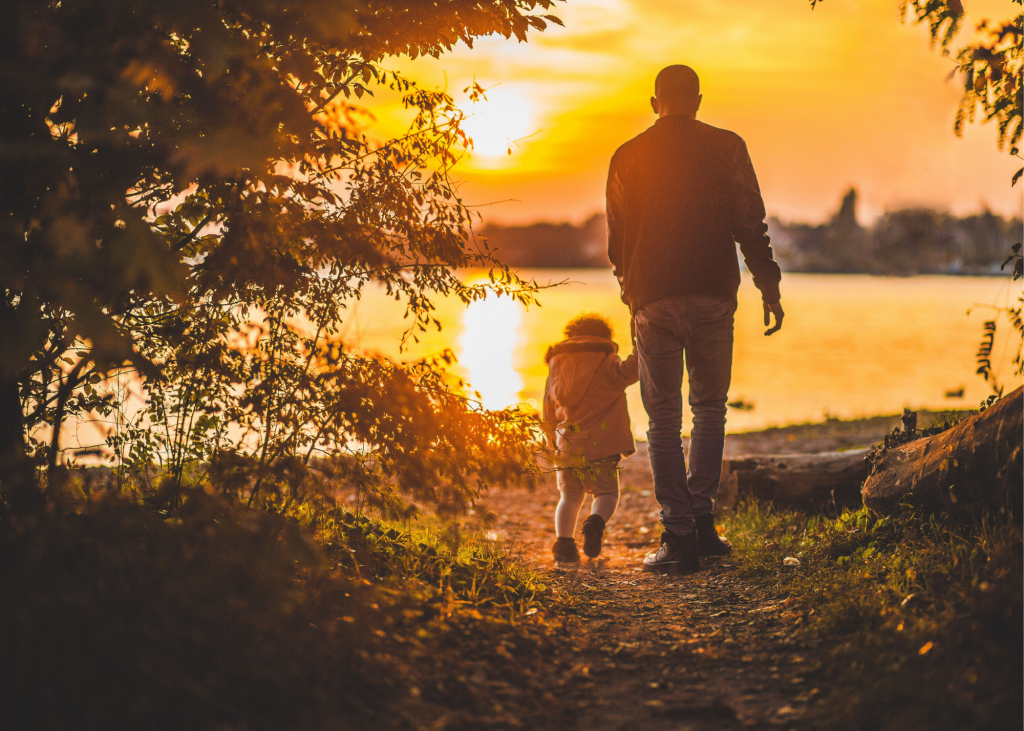
Previously, I interviewed Sam about his wife’s transition to part-time. Now, Sam has also made the transition. First, he needed to work through his scarcity mindset and the limiting beliefs that were holding him back.
Learn about Sam’s decision to work part-time!

Tim decided to work part-time after his son was born with medical complications. This decision allowed him to better share household and childcare responsibilities. It also enabled his wife to continue focusing on her career. Now that their son is doing a lot better, he’s also been able to focus on his own health and interests.
Learn about Tim’s transition to part-time.

In early 2021, Kyle was experiencing severe burnout that impacted her mental and physical health. So, she downshifted her career twice. First, she reduced her hours at work. When that wasn’t enough, she found a role with less responsibility and lower stress that was closer to home.
Learn about Kylie’s transition to a low-stress job.

Within the FIRE movement, people too often treat FI and saving as a cheap stand-in for happiness. People consistently think, “If I only get to the next milestone, then I will be happy.” This Slow FI interview with Laura is about how her family decided to question this approach.
Learn about Laura’s path to learn how much is enough for her family.

In 2021, the pandemic gave Raina and her family and unexpected opportunity. Because her husband could work from home, they decided to experiment with living in their dream location for 6 months. After this experiment, they knew that moving there was worth upending their lives.
Learn about Raina’s journey to relocate her family to their dream location.

This Slow FI interview with Chrissy is unique because she BOTH took a Slow FI path AND retired early. Slow FI and early retirement are not mutually exclusive. In this interview, Chrissy shares how she made intentional decisions to optimize her finances and improve her life.
Learn about Chrissy’s Slow FI path to early retirement.

Ten years ago, Liz scaled back work significantly. When she scaled back, she has more time for reflection. She found FI, and even though she was working less, she started saving more money and working toward FI.
Learn more about Liz’ journey.

In the fall of 2021, Emma requested a 1-month medical leave from work. Taking time off for herself gave her the time and space to get healthy and figure out what she wanted to do next.
Learn more about Emma’s Story.

Years ago, Kari came across the term “lifestyle entrepreneurship,” which referred to building a business that provided flexibility to live the life you wanted. Kari’s dream was to be location independent, so that she could be a snowbird in the winter. It took time to put this lifestyle in place, but she took her first snowbird excursion in February of 2021.
Learn more about how to create a flexible business.

Soon after his daughter was born, Anders learned about Coast FI. Upon calculating his number and realizing he’d already reached it, he decided to work less. He quit his job and started working part-time as a freelance writer and seasonally as a tax preparer. He now feels like he has the benefits of the FI lifestyle without waiting to retire early.
Learn more about how working less can provide you with the benefits of FI.

Throughout her career, Kim built up a variety of income streams. She worked as a contractor, created her own business, taught craft classes, and is now cultivating her garlic crop to sell commercially. Building up multiple streams of income has given Kim peace of mind and tons of flexibility.
Learn more about building multiple streams of income.

This Slow FI interview comes from the blogger behind Self-Employed FI. She recently transitioned from a six-figure digital marketing career into freelance work. Self-employment has helped her gain time freedom today.
Learn more about gaining time freedom through self-employment.

Andrew and his family have designed their lives over the past ten years. They started out with road-schooling. Then, Andrew took a sabbatical so they could world-school their kids. When they returned to the US, he started a beekeeping business so that he’d have flexibility to be present with his family.
Learn more about building a flexibility business and world-schooling.

Laura has taken several work breaks and will be taking another in September of 2022. These work breaks along with building up multiple income streams allow her to build a location flexible lifestyle.
Learn more about building a flexible lifestyle whether you are traditionally- or self-employed.

Just over a year ago, Diania dropped the bomb that she had decided to quit her corporate job. Her intention was to experiment with a year of “fun-employment.” I’m excited to bring her back for a Slow FI interview about what she learned in her first year of “fun-employment.”
Learn more about Diania’s experiment with fun-employment.

When asked why they are pursuing FI, many people answer that they want to travel more. Many of these same people also believe they need to reach FI and retire early before they can do these things. It’s time to bust this myth. That’s why I invited Cris Gawlik, who has been a digital nomad since 2019 to join me for a Slow FI interview.
Learn more about how becoming a digital nomad can improve your finances.

During his financial freedom journey, JD Roth used money (or a lack of it) as an excuse for not doing things that would improve his life. When he reached FI in 2009, a realization set in. Money was no longer a barrier, but things didn’t magically get better. In this interview, we discuss what he’s learned since then.
Learn more about how JD’s life changed when he shifted his perspective on money.

Earlier this year, Anita transitioned into a part-time role that had more meaning and purpose. Working part-time also allowed her to take care of herself and build a side business that she’d eventually like to make her main gig.
Learn more about how part-time work can give you more time and purpose.

Heidi shows us that you can still live an adventurous life with kids. In fact, she and her husband are taking their 12, 10, and 7-year-olds on a gap year RV road trip in 2023.
Learn more about they tested out and planned for their gap year.

In this Slow FI Interview, I speak with Kristine Vike who, after graduating with her Ph.D. in Chemistry, decided to leave academia to become a YouTuber.
Learn more about the transition from academia to YouTuber.

After feeling like life was “living them,” Lee and her family decided to make changes. Her spouse negotiated the flexibility to work 4-days/week and take extended time-off during slow periods.

Lisa and I have uncanny similarities. We both worked in nonprofit HR, experienced mental health challenges, and made career changes. Our paths were somewhat different, but have brought us to similar places – running our own businesses and loving RV (or van) travel.
Read the full interview to learn about Lisa’s gradual career shift.

Kathryn started traveling full-time in an RV over three years ago as a traveling speech language pathologist. In the last two years, she’s built a virtual business that allows her to work from anywhere.
Learn about how Kathryn built a virtual business.

For Meg, financial independence was never about not working. She’s always had so many hobbies and ideas to explore. Instead, FI could provide her with the ability to explore these options. In 2020, Meg went part-time and has built a portfolio career doing work she loves.
Learn about Meg’s Portfolio Career.

After reaching Coast FI in late 2022, Kathy recently scaled back her work as a professor and per diem nurse. This has allowed her to work less and live more!
Learn about Kathy scaled back work after reaching Coast FI.

Megan has oriented her life around adventure and the freedom to experience the world. She has taken at least 6 weeks off to travel each year for the last 20 years! While she is now self-employed, earlier in her career, she negotiated this time off with an employer.
Learn more about how Megan took 6 weeks of every year!

Ingrid retired early about eight years ago at the age of 43. As we got chatting as I was traveling through Albuquerque, she said, “I wish there had been more info about Slow FI when I was coming up.” Of course, I wanted to learn more. That conversation turned into this interview about what Ingrid has learned and what she would have done differently.
Learn about what Ingrid would have done differently.
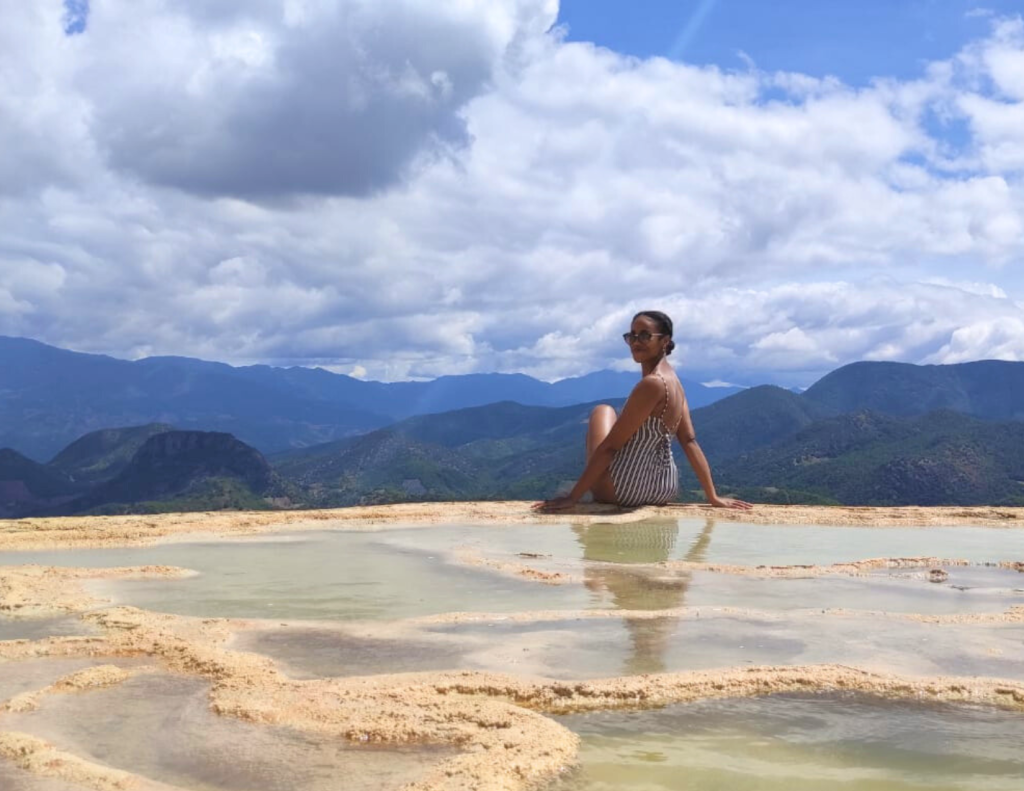
When I met Raina, I learned that she works part-time doing contract research and data analysis for a public health organization. This allows her to prioritize her life outside of work and travel the world.
Learn how Raina negotiated part-time contract work.
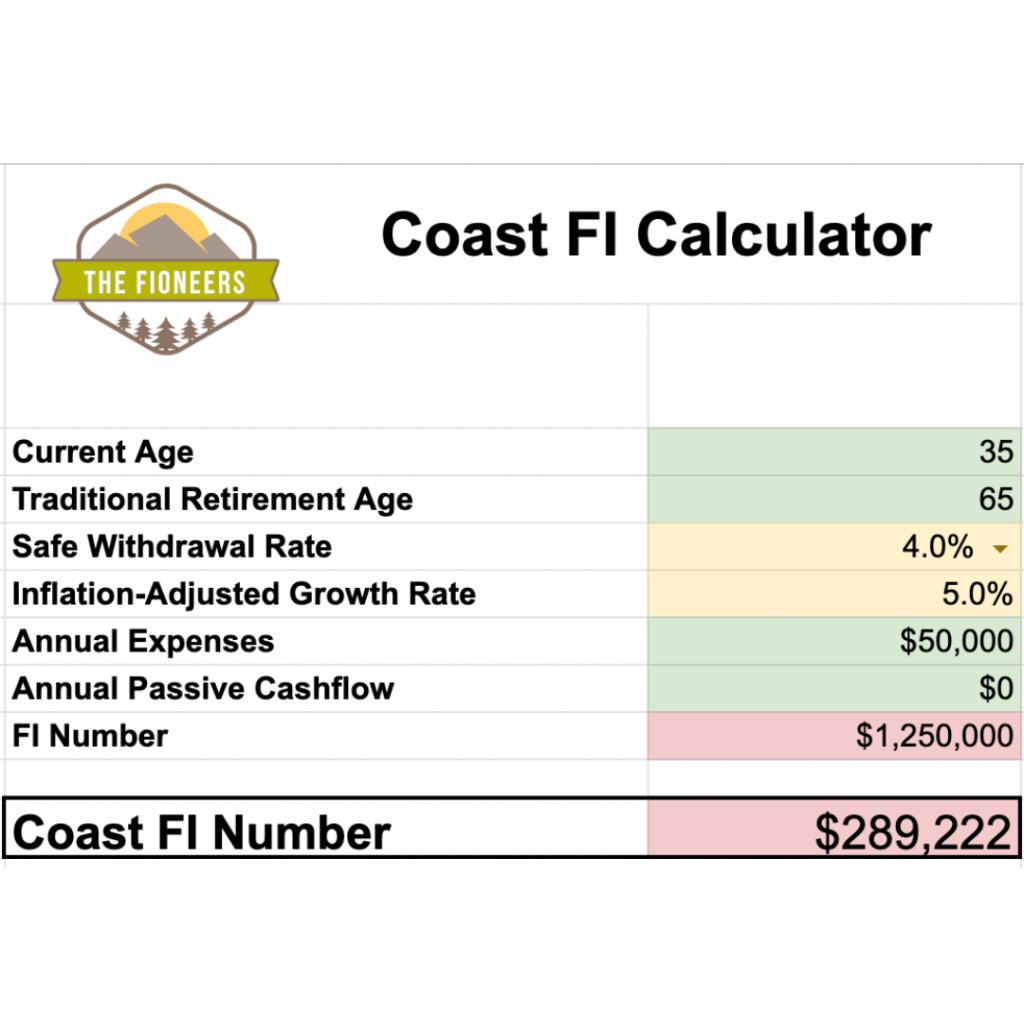
Find out when you can stop working so hard!

Figure out what financial freedom will allow you to do!

Are limiting beliefs holding you back from taking action?

Do you need to get your life off autopilot?